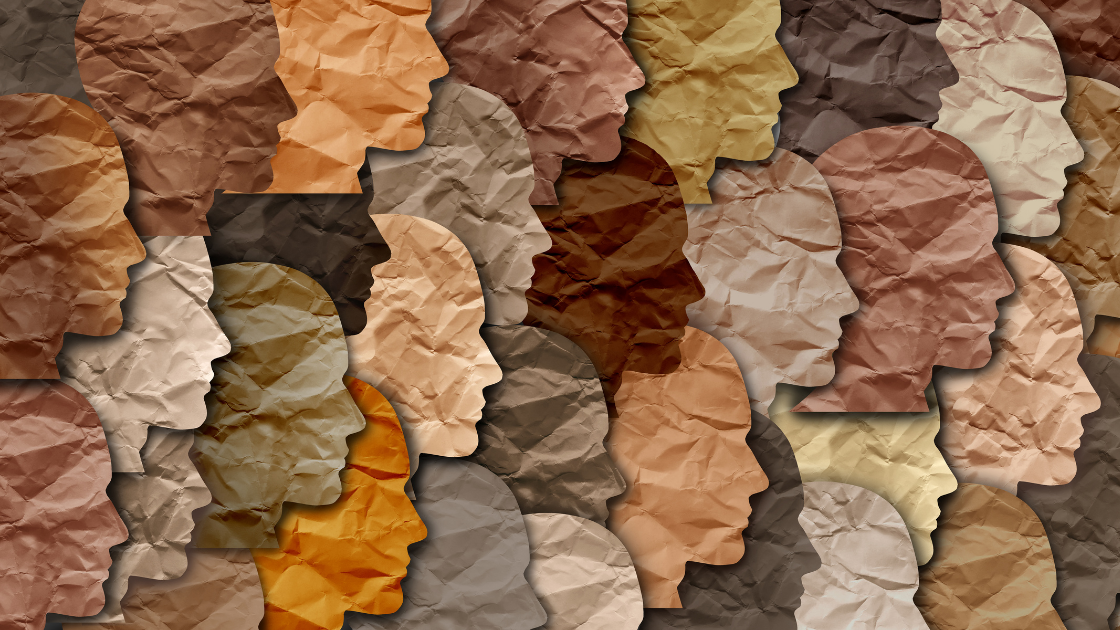Environmental injustice hurts communities of color

Today is the first day of Black History Month, a month devoted to celebrating all of the contributions and achievements in U.S. history by Black Americans. It also is a time to recognize the inequality that still exists in the community.
The Princeton Student Climate Initiative defines environmental justice as “a social justice movement that seeks to dismantle the flawed environmental policies that have long harmed low-income communities and communities of color, and instead pursue policy and development that work to create a sustainable, cooperative and equitable future for the environment.”
The environmental injustice that exists for communities of color is one of many disadvantages caused by historical and current systemic racism. For example, toxic landfills and factories are frequently located within communities of color, and more than 1 million Black Americans live within a half-mile of a natural gas facility. Living in these areas increases the risk of cancer, asthma, heart disease, cognitive problems and other health problems due to poor air quality.
The effects of climate change, such as extreme weather events, disproportionately impact communities of color. A study done by Rice University showed that wealth inequality grew between white and minority residents in counties following significant damage from natural disasters.
Environmental injustice shows up in all kinds of ways. With World Wetlands Day being marked on Wednesday, here’s another example: The Wetlands Conservancy recognizes that those affected by wetland degradation often are those most marginalized in a community. The conservancy is striving to represent all communities to create common goals in protecting wetlands.
The NAACP and numerous other organizations are working to create sustainable investment that brings environmental justice and health to communities of color. The NAACP Environmental and Climate Justice Program works to reduce harmful emissions, advance energy efficiency and clean energy sources such as wind and solar, strengthen community resilience to natural disasters and create more livable neighborhoods. See more at the program’s website, including an introductory video.
